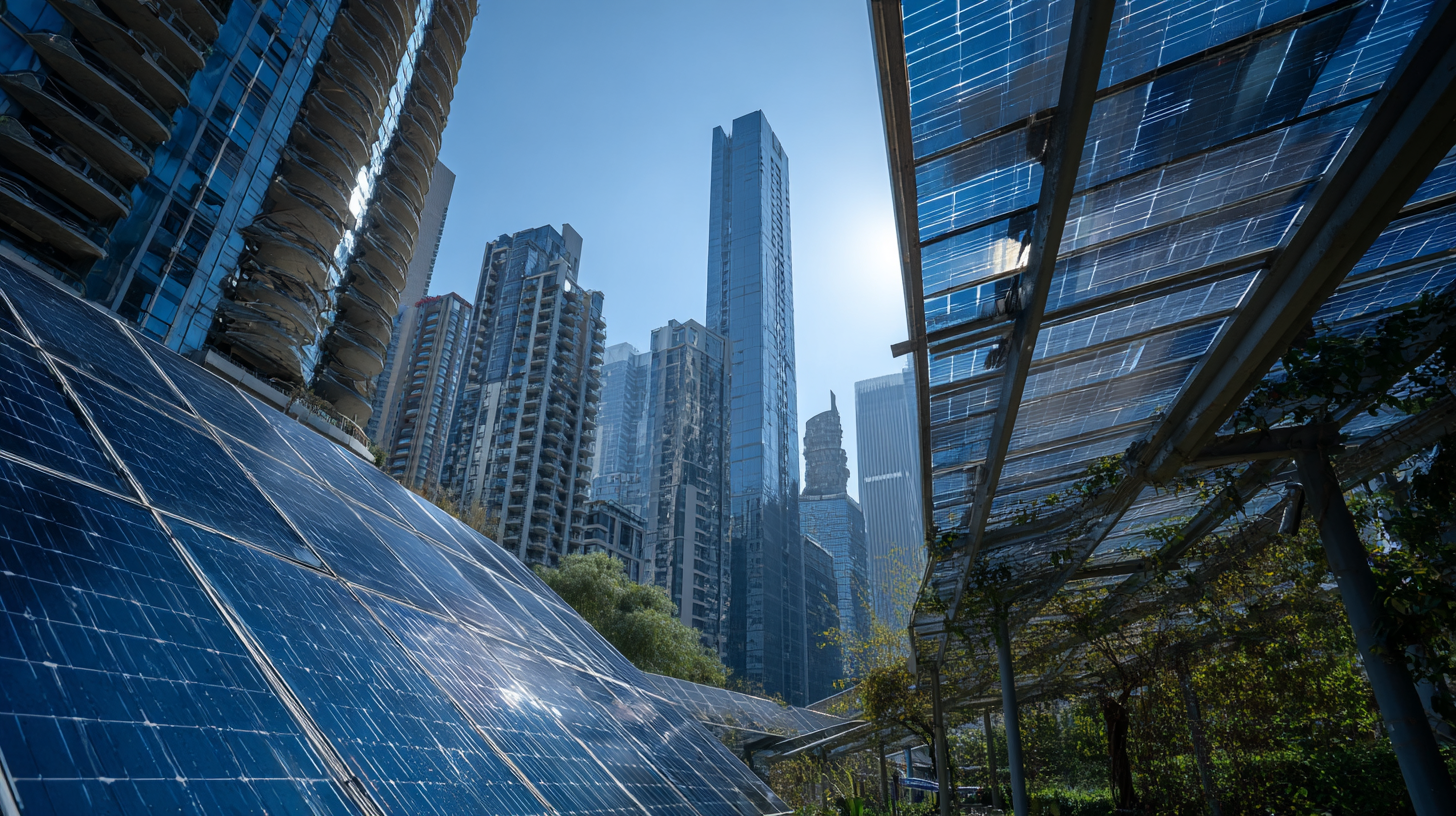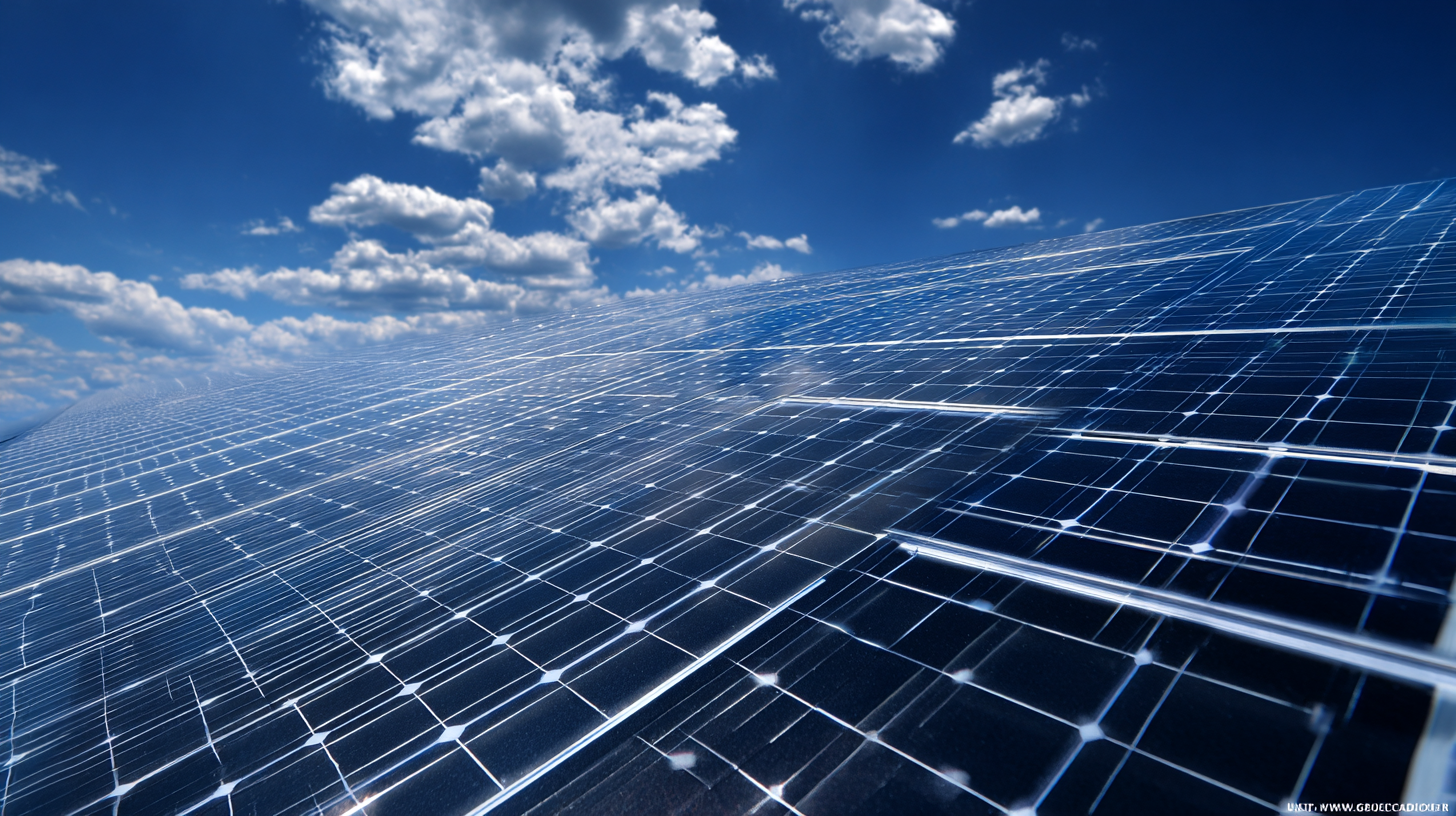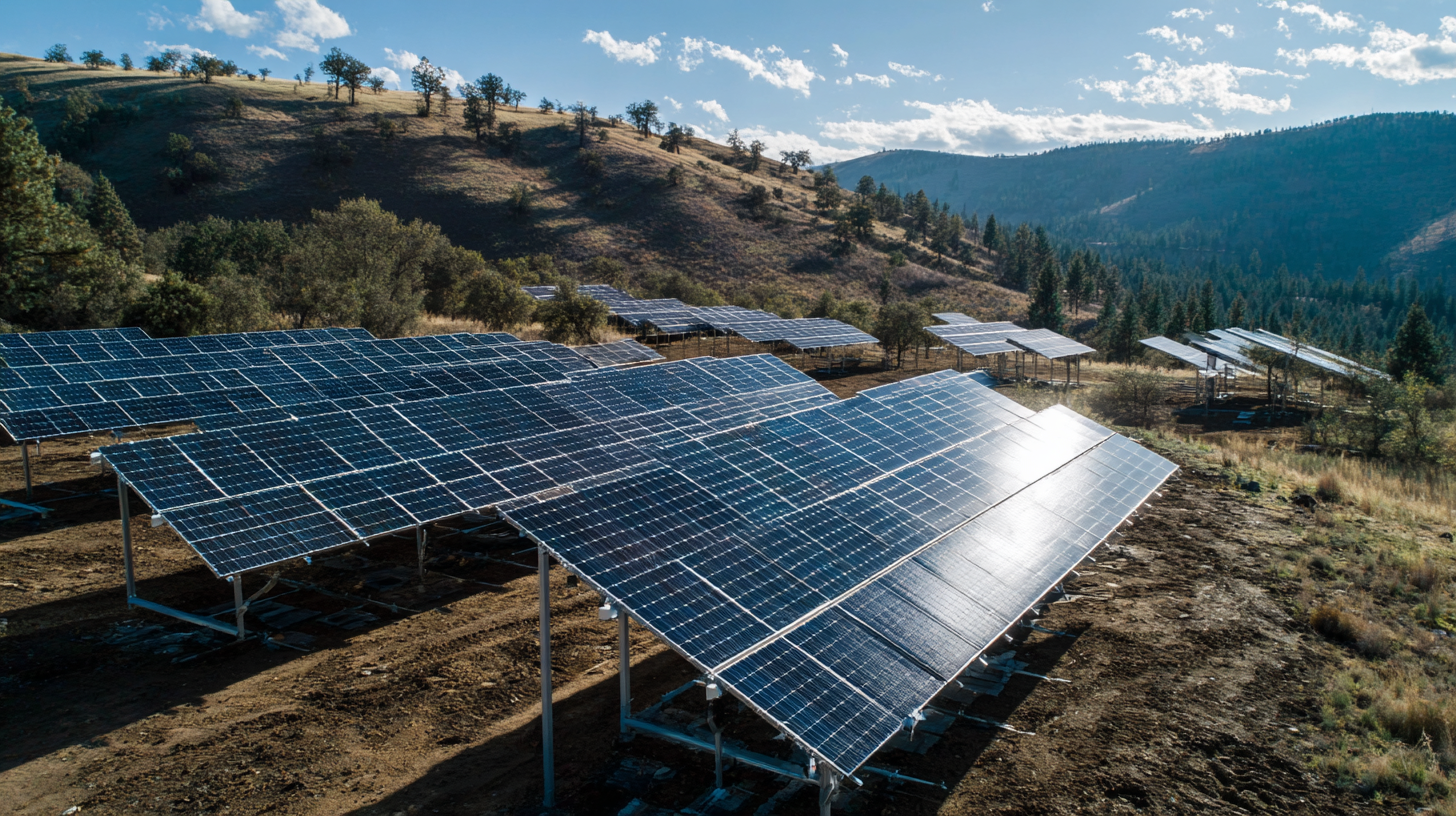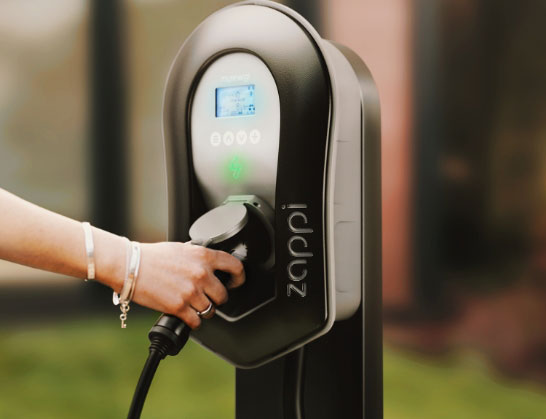The Future of Best Pv Panels in 2025 A Comprehensive Guide to Emerging Technologies and Market Trends
As we look toward 2025, the landscape of photovoltaic (Pv) panels is set to undergo transformative changes driven by emerging technologies and evolving market dynamics. According to a recent report by the International Renewable Energy Agency (IRENA), global solar power capacity is projected to reach 4,800 GW by 2025, highlighting an accelerated shift towards clean energy solutions. This surge in demand not only reflects a growing commitment to sustainability but also signals an era of innovation within the Pv panels sector. Enhanced efficiency through bifacial panels, advancements in materials like perovskite, and the integration of smart technology are among the top strategies that will redefine the market. As industry stakeholders navigate this evolving terrain, understanding these trends is crucial for positioning oneself in the competitive landscape of solar technologies.

Innovative Technologies Driving the Next Generation of PV Panels
The photovoltaic (PV) panel industry is on the cusp of a revolution, driven by innovative technologies that promise to enhance efficiency and reduce costs within the next few years. Emerging materials, such as perovskite solar cells, are becoming significant players in the market. These materials not only offer improved energy conversion rates but also enable a more versatile and lightweight panel design, making solar energy accessible in a wider range of applications, from residential rooftops to portable devices.
Another key innovation is the integration of smart technology into PV panels. With advancements in the Internet of Things (IoT), future PV systems will be equipped with sensors and connectivity features that optimize energy generation and consumption in real time. These smart panels can communicate with home energy systems to maximize efficiency and reduce waste, leading to a more sustainable energy ecosystem. Additionally, this smart technology will facilitate predictive maintenance, reducing downtime and increasing the overall lifespan of PV systems, thus making solar energy a more reliable choice for consumers and businesses alike.

Key Market Trends Influencing Solar Energy Adoption by 2025
As we look ahead to 2025, several key market trends are on the horizon that are set to significantly influence the adoption of solar energy. One of the most noteworthy trends is the rapid decline in the cost of photovoltaic (PV) panels, which has made solar installations more accessible than ever before. Advancements in manufacturing processes and the scaling up of production have contributed to this cost reduction, prompting both residential and commercial sectors to consider solar as a viable energy source. This affordability is expected to drive wider adoption, especially in developing regions where energy access remains a challenge.

Another critical trend is the increasing demand for sustainable and renewable energy sources driven by global climate initiatives. Governments and organizations are increasingly implementing policies that favor solar energy, including incentives for installation and usage. The rise of smart grids and energy storage solutions further enhances the appeal of solar energy, allowing users to optimize energy consumption and reduce reliance on fossil fuels. As awareness grows regarding the environmental impact of traditional energy sources, more consumers will likely turn to solar power as a responsible alternative, shaping the future landscape of the energy market by 2025.
Sustainability and Efficiency: The Future Standards for PV Panel Production
The sustainability and efficiency of photovoltaic (PV) panels are set to become the defining standards in production by 2025. As the global push for renewable energy intensifies, industry reports suggest that solar energy could meet up to 30% of global electricity demand by 2030, a significant increase from just 10% today (IRENA, 2023). This surge is largely driven by advancements in technology that enhance energy conversion rates and reduce the carbon footprint associated with manufacturing processes.
Innovations such as bifacial solar panels and perovskite technologies are leading the way towards more efficient energy harvesting, enabling higher energy output from less surface area. According to a recent study by the National Renewable Energy Laboratory (NREL), perovskite cells could achieve efficiencies of over 30% within this decade, revolutionizing the landscape of solar energy. Manufacturers are also adopting sustainable practices, focusing on recycling and the use of eco-friendly materials, as indicated by a growing demand for transparent PV panels made from organic compounds.
Tip: When considering PV panel investments, look for certifications that indicate sustainability and efficiency standards, such as the IEC 61215 and UL 1703. Furthermore, consider technology trends like integrated solar roofing, which not only generate energy but also reduce overall energy costs in the long run. By staying informed about these trends, consumers can make smarter choices in their renewable energy ventures.
Emerging Materials in Solar Panel Design: What to Expect by 2025
As we look toward 2025, the solar panel industry is on the cusp of significant advancements, particularly with the emergence of innovative materials in solar panel design. New technologies such as perovskite solar cells are expected to revolutionize efficiency and cost-effectiveness. According to a report by the National Renewable Energy Laboratory (NREL), perovskite solar cells could achieve efficiency rates exceeding 30% while being produced at lower costs than traditional silicon panels. This shift is anticipated to increase the adoption of solar energy solutions globally.
Moreover, researchers are exploring bifacial solar panels, which can capture sunlight from both sides, leading to a potential output increase of 20-30%. The International Energy Agency (IEA) estimates that by 2025, the market for bifacial panels could grow to represent nearly 20% of the global solar PV market. This adoption is a testament to the growing demand for more efficient and versatile solar technologies that can adapt to various installation environments.
Tips: When considering solar panel options, look for panels with a high degradation rate and warranty to ensure long-term performance. Additionally, stay informed about emerging technologies; they can offer better efficiency, lower maintenance costs, and ultimately a higher return on investment.
Government Policies and Incentives Shaping the PV Market Landscape
As the photovoltaic (PV) market evolves, government policies and incentives play a pivotal role in shaping its landscape. According to a recent report by the International Energy Agency (IEA), global solar capacity is expected to reach over 3,000 GW by 2025, fueled by various subsidies and tax incentives introduced by governments worldwide. Countries like the United States, China, and Germany have implemented programs that encourage both residential and commercial investments in solar technology, leading to increased adoption rates. Specifically, the Investment Tax Credit (ITC) in the U.S. has been critical in driving solar installations, projected to contribute to a 40% increase in capacity over the next three years.
Moreover, ambitious national targets for renewable energy adoption are driving policy frameworks that favor photovoltaic technology. For instance, the European Union aims to have at least 40% of its energy sourced from renewables by 2030, with solar power being a key focus area. Reports indicate that the EU has allocated approximately €30 billion in funding specifically for solar innovations and grid modernization. This alignment of government initiatives with market needs not only boosts investor confidence but also catalyzes technological advancements, ensuring that the PV sector remains dynamic and forward-thinking in the face of emerging challenges.
The Future of Best PV Panels in 2025
This chart illustrates the projected efficiency rates of various types of photovoltaic panels by the year 2025. As emerging technologies and government policies evolve, we expect to see significant improvements in solar panel performance.


